
8 Must-Have Items for a Japan Trip
Planning a trip to Japan is exciting, but to make the most of it, you’ll want to be fully prepared. Japan’s blend of vibrant cities, serene landscapes, and rich culture offers endless opportunities for exploration. However, its unique customs and infrastructure mean that having certain items can make your journey smoother and more enjoyable. Here’s a guide to 8 must-have items for your Japan trip. These essentials will enhance your travel experience, ensure convenience, and help you immerse yourself fully in the Japanese way of life.
Contents
1. Passport and Visa Documentation
Your passport is the most essential item for any international trip, and Japan is no exception. Ensure it’s valid for at least six months from your entry date. For most tourists, Japan’s visa requirements are straightforward, with many nationalities eligible for visa-free entry for short stays. However, confirm your visa status in advance to avoid any last-minute issues. It’s also wise to have a printed copy of your passport and visa, as well as digital copies, stored in a secure place like a password-protected cloud service. This way, if you lose the original, you’ll have backup documentation, which can be crucial in case of emergencies.
2. Japan Rail Pass
The Japan Rail Pass (JR Pass) is an incredible asset for visitors planning to travel across multiple regions. This pass offers unlimited travel on Japan’s extensive JR rail network, including most Shinkansen (bullet train) lines, and can save you a significant amount of money if you’re covering long distances. Passes are available for 7, 14, or 21 days, and it’s typically best to purchase them before you arrive in Japan. Activate your pass at any JR office upon arrival, and enjoy seamless travel between cities. The JR Pass is particularly advantageous for those visiting Tokyo, Kyoto, Osaka, Hiroshima, and beyond, allowing you to experience Japan’s diverse regions with ease.
3. IC Card (Suica or Pasmo)
For everyday travel within cities, an IC card such as Suica or Pasmo is a lifesaver. These cards function as rechargeable transport passes, covering most train, subway, and bus lines. Using an IC card is much more convenient than buying single tickets, as you simply tap to enter and exit stations. Beyond transit, IC cards can also be used at convenience stores, vending machines, and some restaurants, offering a cash-free option for small purchases. You can pick up a Suica or Pasmo card at any major station in Japan, and they’re easy to recharge when needed.
4. Pocket Wi-Fi or SIM Card
Reliable internet access is essential when exploring Japan, whether for using maps, looking up train schedules, or translating text. Pocket Wi-Fi devices are highly recommended, as they provide unlimited internet access and can connect multiple devices, making them ideal for group travel. Alternatively, a prepaid SIM card is a great choice if you prefer to keep things simple. Both options can be rented or purchased at the airport or pre-ordered online for pickup upon arrival. Staying connected will not only make navigation easier but also help you share your experiences in real time.
5. Cash and Credit Cards
Japan has a unique blend of cash and card usage, with cash still preferred in many places, particularly small shops, traditional inns, and local restaurants. Carrying Japanese yen is important, as certain areas and small businesses might not accept credit cards. ATMs in convenience stores such as 7-Eleven, Lawson, and FamilyMart generally accept foreign cards, making it easy to withdraw cash as needed. For larger stores, hotels, and many urban restaurants, credit cards are widely accepted. Having a balance of cash and cards ensures you’re covered for any scenario, whether it’s buying snacks from a street vendor or paying for a meal in a trendy Tokyo restaurant.
6. Travel Adaptor and Charger
Japan’s electrical outlets use Type A plugs with a 100V supply, so you’ll need a travel adaptor if your plugs differ. Most modern devices (like smartphones, laptops, and cameras) are compatible with Japan’s voltage, but it’s worth double-checking to avoid any mishaps. Additionally, a portable charger can be incredibly useful, especially if you’re using your phone for directions, translations, and taking photos throughout the day. Power banks are easy to purchase in Japan as well, but bringing one along ensures you stay charged from the moment you arrive.
7. Comfortable Walking Shoes
Japan is a pedestrian-friendly country, and you’ll likely find yourself walking a lot, even if you use public transportation. From exploring bustling Tokyo streets to walking up paths at temples, comfortable shoes are essential. Choose a pair that offers good support for long days on your feet, and consider bringing a second pair in case of rainy weather. Shoes that are easy to slip on and off are particularly practical, as many traditional spaces such as temples, ryokan (traditional inns), and some restaurants require you to remove them.
8. Guidebook or Translation App
While Japan is generally tourist-friendly, there may still be moments where a language barrier could arise, especially in rural areas. A travel guidebook can be incredibly helpful in these instances, offering you insights on local etiquette, dining options, and sightseeing tips. Alternatively, a smartphone translation app, like Google Translate or Waygo, can assist you with on-the-go translations. Many apps offer offline functionality, making them convenient for areas with limited connectivity. The combination of a good guidebook and a reliable translation app will enrich your trip, helping you feel more confident and connected throughout your travels.
By packing these essentials, you’ll be well-equipped to navigate Japan’s modern cities, enjoy its cultural sites, and experience the country’s unique blend of old and new with ease. From securing transportation with a JR Pass to staying connected via a pocket Wi-Fi device, these items ensure you have everything you need to make your Japan adventure unforgettable. With a little preparation, you’ll be ready to embrace Japan’s wonders and create lifelong memories.
Share
You may also like
-

Visiting Japan’s Love Hotel Districts: What to Expect
Japan’s love hotel districts are famous for their unique and fascinating blend of privacy, creativity, and a touch of...
-

Top 10 Late-Night Dining Spots in Tokyo’s 24-Hour Cafes
Tokyo’s vibrant nightlife extends well beyond bars and nightclubs, with a thriving late-night dining culture tha...
-
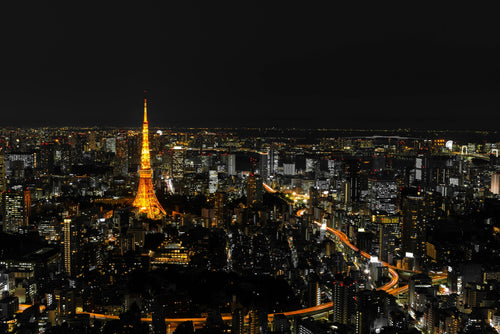
Best Night Tours in Tokyo for After-Dark Adventures
Tokyo’s nightlife is renowned for its energy, vibrancy, and unique blend of traditional and modern experiences. From ...
-
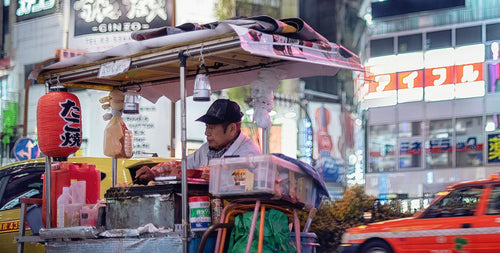
Japan’s Late-Night Food Culture: 8 Best Street Eats
Japan’s late-night food culture is a vibrant experience, especially in bustling cities like Tokyo and Osaka, where de...
-

7 Rooftop Bars in Tokyo for Stunning Views
Tokyo’s rooftop bars offer some of the best ways to soak in the city’s skyline while enjoying drinks, atmosphere, and...
-

10 Best Nightclubs in Tokyo for Dancing and Music Lovers
Tokyo's nightlife is renowned for its variety and energy, with nightclubs that range from high-energy dance floors to...
-
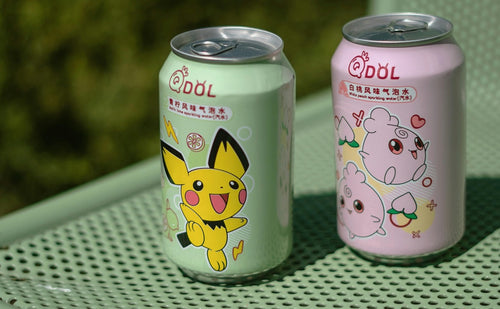
8 Themed Bars and Cafes You Need to Visit in Tokyo
Tokyo is famous for its creative and quirky themed bars and cafes, offering immersive experiences for locals and...
-

Tokyo Nightlife Guide: Shinjuku, Shibuya, and Roppongi Highlights
Tokyo’s nightlife is legendary, offering a mix of vibrant energy, entertainment, and unique experiences in some of it...
-
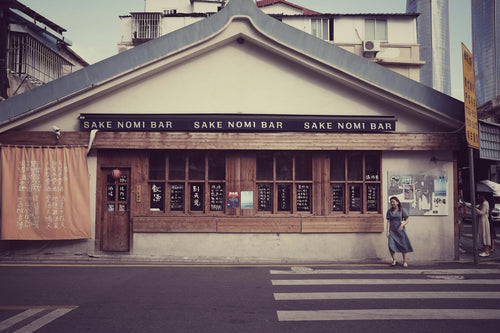
7 Best Japanese Sake Bars in Tokyo
Tokyo is home to some of Japan’s best sake bars, offering both locals and visitors an opportunity to explore the...
-
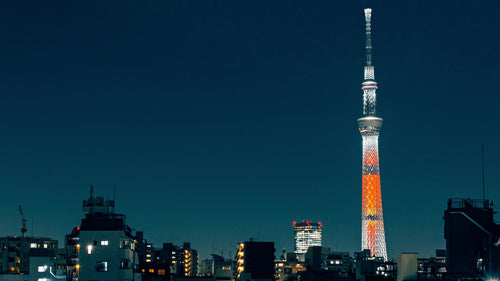
Top 6 Observation Decks in Tokyo for Scenic Views
Tokyo’s observation decks offer some of the best panoramic views of the city, giving visitors a chance to see th...
-
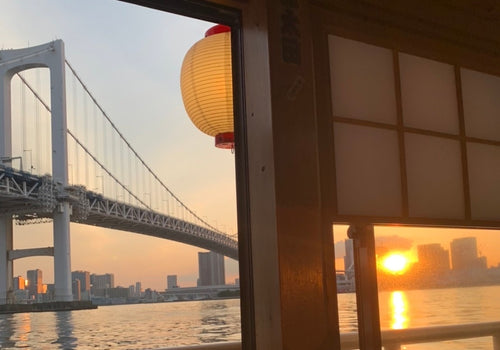
Night Cruises in Tokyo: Enjoy the City Views
Tokyo’s skyline is mesmerizing at any time, but experiencing it from the water on a night cruise adds a magical ...
-
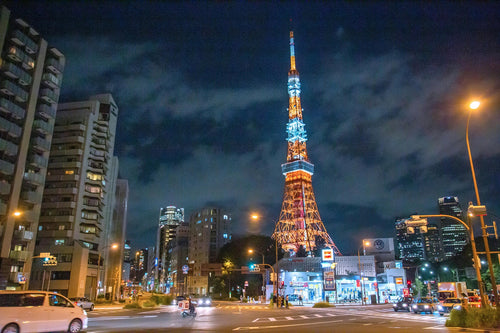
Roppongi Art and Nightlife Guide
Roppongi is one of Tokyo’s most vibrant districts, known for its lively nightlife, sophisticated art scene, and ...
-
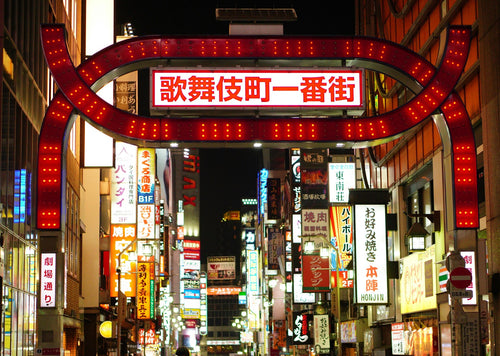
Nightlife Guide to Shinjuku Kabukicho
Shinjuku’s Kabukicho district, known as Tokyo’s “Sleepless Town,” is the center of nightlife in Tokyo. Renowned ...
-
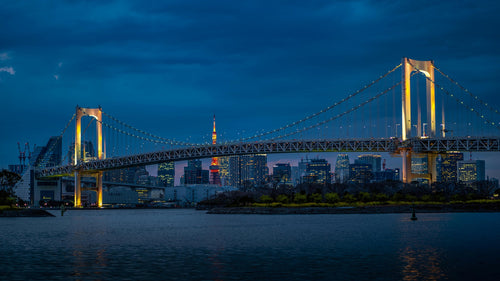
6 Best Night View Spots in Tokyo
Tokyo at night is a breathtaking spectacle, with illuminated skyscrapers, iconic landmarks, and bustling streets that...
-
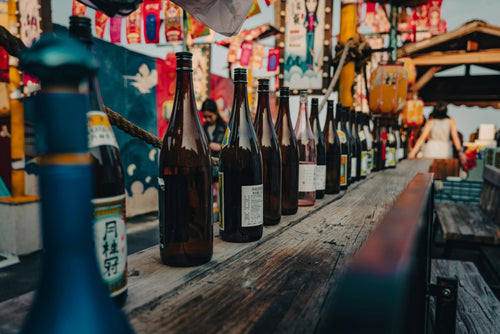
Top 12 Sake Breweries in Japan for Tasting and Tours
Japan’s sake culture is celebrated around the world for its depth, complexity, and rich history. Sake, or nihons...
-
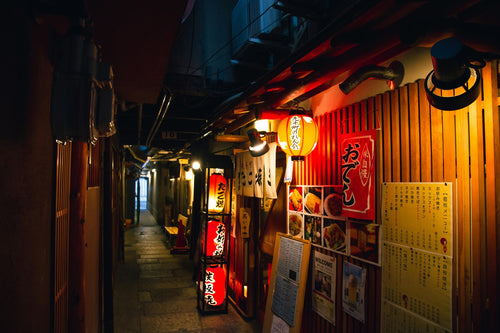
How to Enjoy a Night at a Japanese Izakaya
Japanese izakayas are casual, lively spots where locals gather after work to enjoy drinks, share small plates, a...
-

Exploring Karaoke Culture in Japan: 8 Best Places to Sing
Karaoke is an integral part of Japanese culture, offering a fun and entertaining way for friends, family, and even co...
-
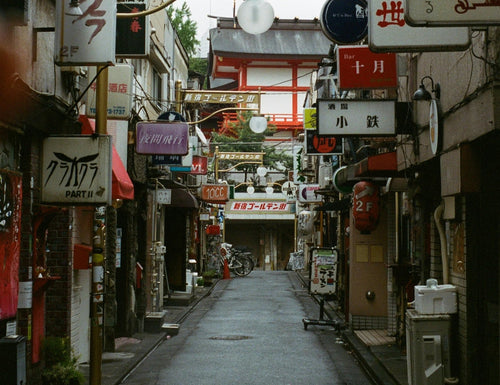
5 recommended bars in Golden Gai
Golden Gai, nestled in the heart of Tokyo’s Shinjuku district, is one of the city’s most iconic bar districts. Known ...
-

10 Japanese Gardens You Should Visit for Tranquility
Japanese gardens are renowned for their beauty, tranquility, and intricate designs that reflect harmony with nature. ...
-
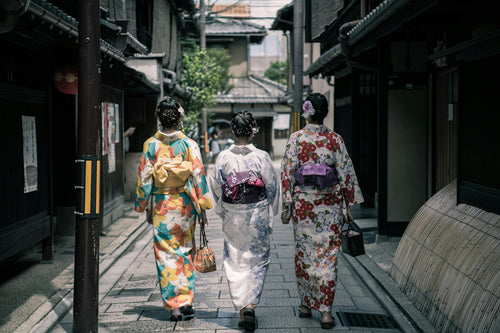
Japan’s Kimono Heritage: Symbolism, Style, and Where to See
The kimono, Japan’s traditional garment, is a beautiful and symbolic representation of Japanese culture. From its int...
-
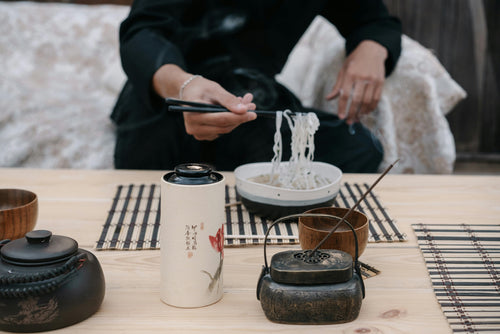
Etiquette Essentials for Visitors to Japan
Japan’s culture is rich in respect, politeness, and consideration, making etiquette an essential part of daily l...
-

7 Best Places to Discover Japan’s Samurai History
Japan’s samurai history is one of honor, skill, and deep cultural influence, stretching back centuries and leaving an...
-
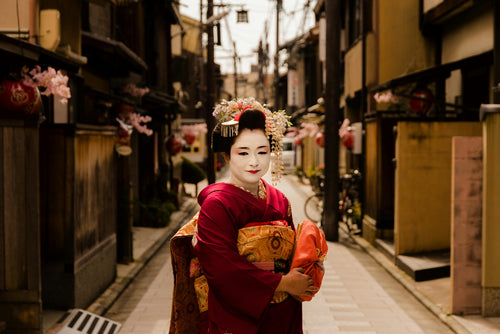
Geisha Culture in Japan: Myths and Realities
The world of geisha, Japan’s skilled performers and keepers of traditional arts, has long intrigued people around th...
-
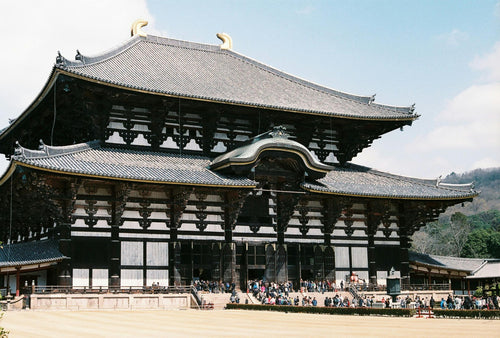
Japan’s Unique Architecture: Top 8 Traditional and Modern Landmarks
Japan is renowned for its unique blend of ancient architectural heritage and cutting-edge modern designs. From c...
-
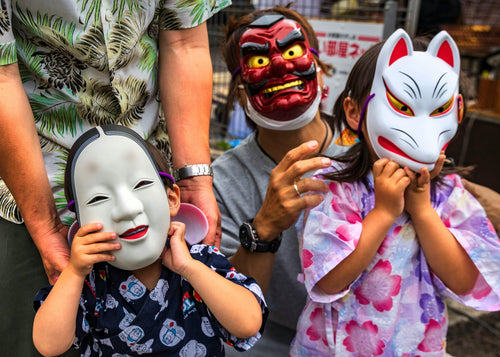
10 Traditional Japanese Festivals (Matsuri) You Can’t Miss
Japanese festivals, or *matsuri*, are vibrant celebrations of cultural heritage, featuring elaborate costumes, l...
-
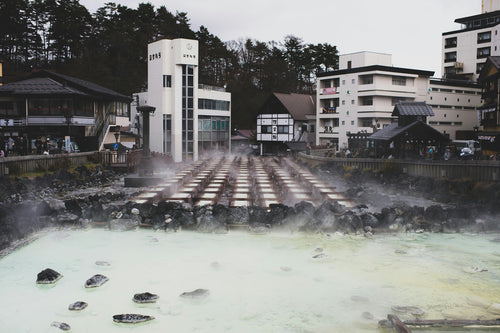
Japan’s Three Great Onsen: A Guide to Famous Hot Springs
Japan is famous for its natural hot springs, or *onsen* (温泉), offering visitors a unique opportunity to relax and rej...
-

Japanese Art Exploration: Best Spots to Enjoy Art in Japan
Japan is a country rich in artistic heritage, from centuries-old traditional crafts to modern, innovative instal...
-

Guide to Japan’s Fireworks Festivals: When and Where to Go
Japan’s summer fireworks festivals, known as "hanabi taikai" (花火大会), are among the most anticipated events in th...
-
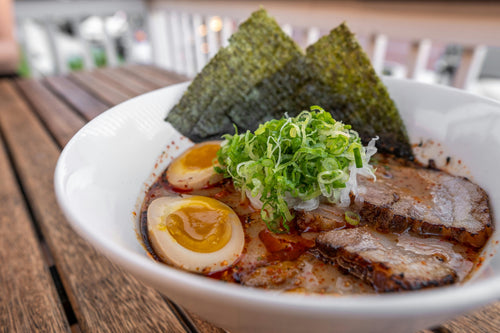
Where to Experience Ramen-Making Classes in Japan
Ramen is one of Japan’s most beloved dishes, with countless regional styles and flavors that attract food lovers from...
-
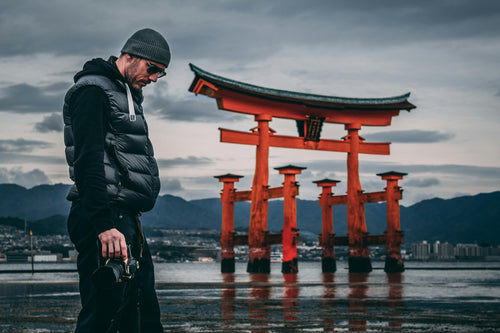
Power Spot Tours: Japan’s Famous Temples and Shrines
Japan is a land steeped in spiritual history, and visiting its temples and shrines provides not only a glimpse i...
-
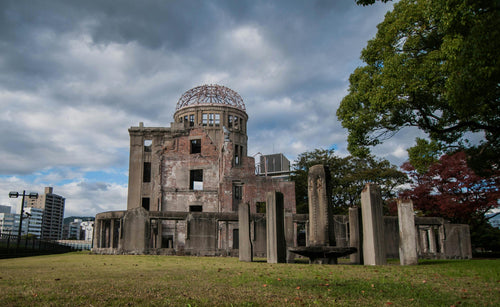
UNESCO World Heritage Site Tour Guide in Japan
Japan is home to numerous UNESCO World Heritage Sites, each offering a glimpse into the country’s rich cultural herit...
-
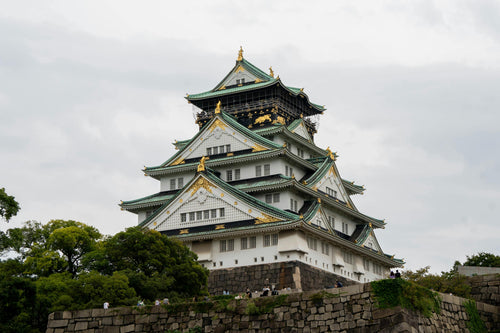
5 Famous Japanese Castles: History and Highlights
Japan is home to some of the most beautiful and historically significant castles in the world. Built during the feuda...
-
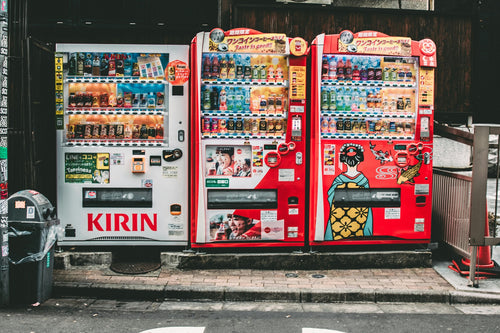
10 Unique Drinks to Try from Japanese Vending Machines
Japan is famous for its vending machines, offering an incredible variety of drinks that go beyond just soft drinks an...
-
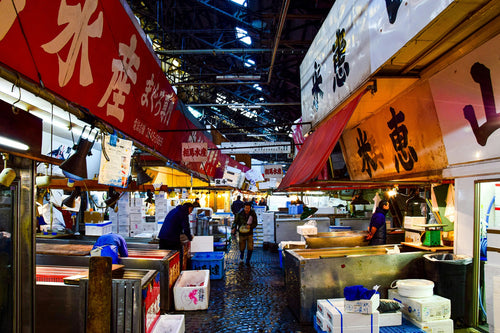
Tokyo Market Guide: Exploring Tsukiji and Toyosu Markets
Tokyo's Tsukiji and Toyosu Markets are must-visit spots for food lovers and anyone interested in Japan’s rich culinar...
-
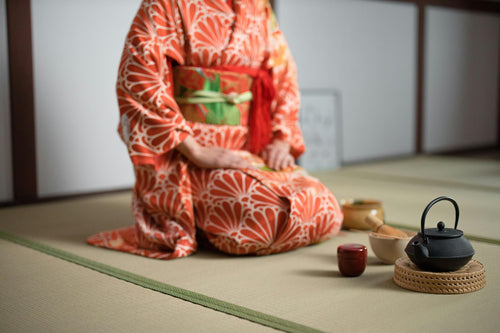
Experiencing Traditional Tea Ceremony in Tokyo
The Japanese tea ceremony, or "chanoyu," is a cultural experience steeped in tradition, aesthetics, and mindfulness....
-
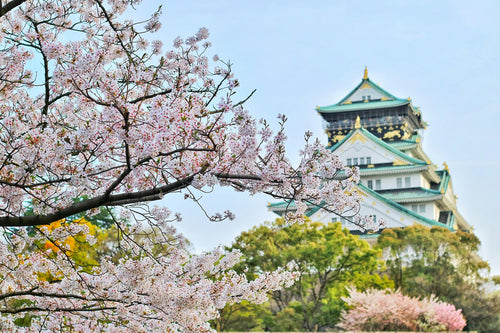
Top 7 Cherry Blossom Viewing Locations in Tokyo
Springtime in Tokyo is synonymous with the cherry blossom season, a breathtaking period when the city’s parks, rivers...
-
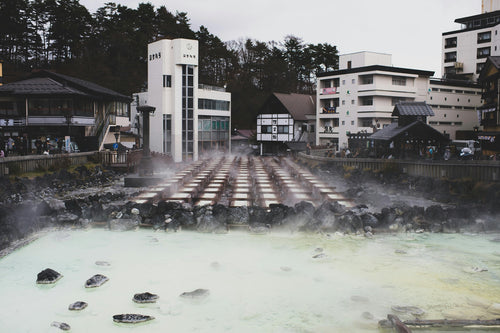
What is Onsen? A Guide to History, Benefits, and Etiquette
Onsen, Japan’s cherished hot spring culture, offers a unique blend of relaxation, scenic beauty, and deep-rooted trad...
-
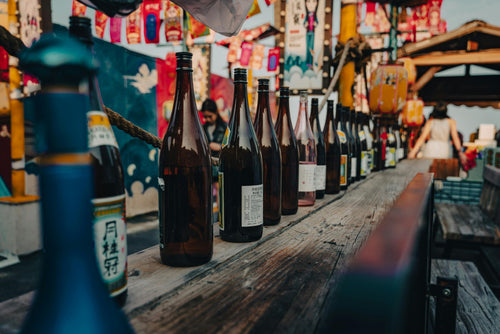
What is Sake? Its Production Method and History
Sake is a traditional Japanese alcoholic beverage made from fermented rice. It has been enjoyed in Japan for over a t...
-

8 hot springs with beautiful scenery near Tokyo
Tokyo is a bustling metropolis, but just outside the city are some of Japan's most serene hot springs, or onsens, off...
-

Top 10 museum to visit in Tokyo
Tokyo is home to a diverse range of museums that cater to all interests, from art and history to technology and pop c...
-
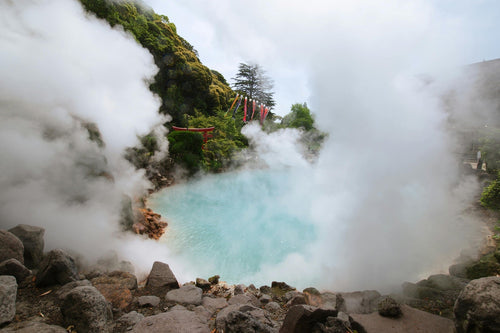
9 Best Hot Spring and Bathhouse in Tokyo
Tokyo is known for its vibrant urban energy, but it's also a fantastic place to relax and rejuvenate in hot springs (...
-
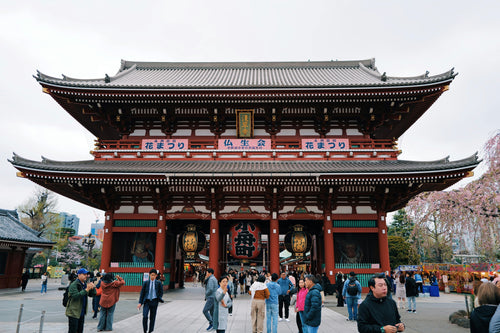
15 Famous Temples and Shrines to Visit near Tokyo
Tokyo and its surrounding areas are home to many famous temples and shrines that showcase Japan's rich spiritual and ...










































